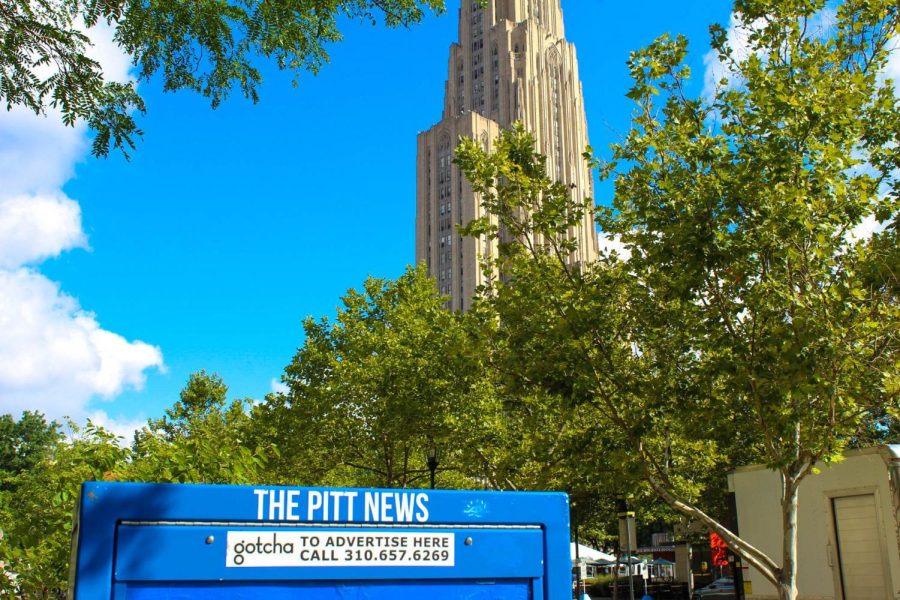Stamatakis: Sciences, humanities will soon do battle
October 1, 2012
With models of teaching changing, the fate of an increasingly expensive liberal arts education hangs in the balance.
In the past few years, higher education has begun a slow tip toward incorporating more electronic delivery methods. The traditional model of a teacher leading a room full of students now shows signs of fracturing.
The Khan Academy, started in 2006, has offered millions of free, online-video lessons for high school and middle school students and is now partnering with schools to create interactive curricula.
Google Fellow Sebastian Thrun’s education startup, Udacity, promises to reach thousands of college-aged students with Stanford-quality lessons in science and technology. Inspired by his experimentation with online education — a computer-based artificial intelligence class joined by 160,000 students — Thrun now offers 11 science, technology, engineering and mathematics, or “STEM,” courses for free.
Joined with Udacity are dozens of other education startups, ranging from small boutique projects such as George Mason economists Tyler Cowen and Alex Tabarrok’s Marginal Revolution University to larger projects such as the online educator site Coursera, which partners with professors — including some at Pitt — to offer hundreds of higher-level courses.
These developments are making education cheaper. One professor can teach thousands with only an Internet connection and a $200 laptop. Whatever the cost of one class, 18 credits’ worth of education at this model costs nowhere near our current $15,000 tuition.
Not only is it cheap, but it’s a much better way to learn. Homework in physics or calculus today means a bunch of scribbles, graded by a person not fluent in English and returned weeks later with other, less-meaningful scribbles. Students sit perplexed in unintelligible lectures, afraid to raise their hands as they spiral in increasing circles of confusion. Online education, arguably, solves all these problems.
But there is a huge elephant in the room. As the STEM students go forward, enjoying the benefits of cheap and effective education, 84 percent of American graduates — the proportion not at all involved in science or math — have a legitimate concern: What about the humanities and social sciences?
These disciplines don’t scale up to the 1000-1 student-to-teacher ratios; teacher interaction is much more important, and learning follows more Socratic models. Students engage in discussion to reach insights in a less linear manner than those in the STEM fields; the value of the education comes as much from this method as from its content.
So the situation might be that as the cost of a science and math education plummets, the cost of a traditional humanities or social science education will stay the same. The future science model — one super teacher efficiently covering thousands of students — will stay cheap, wheras thousands of English professors will still need to expensively teach 101 classes at colleges across the country. The slight cost advantage the humanities enjoy today — no labs or massive computers to fund — will completely vanish and then some.
We will then be faced with two options: We can either subsidize the cost of a humanities education, preventing large tuition increases by not allowing science tuitions to drop, or we can allow the cost of a humanities education to rise.
I’m not sure what the best answer is. Subsidizing humanities would cost billions, and it would go against most principles of modern economics. As the cost of production goes up, rising prices help ensure we don’t produce too much of a resource-draining product. Higher tuition would help prevent wasted resources.
But there are obvious negatives too. You don’t want rich kids to be the only ones with philosophy degrees. The dual tuition scenario would also only encourage the increasing marginalization of the humanities, contributing to existing feelings that regard science as the elite field.
Regardless, these questions will need to be addressed in the next 15 years. Our children will not learn astronomy the same way as they learn Aristotle, and because these differences will have significant cost differences, age-old questions about the value of a liberal arts education will move from the realm of academic theorizing to applied policy.
Write Nick at [email protected].








